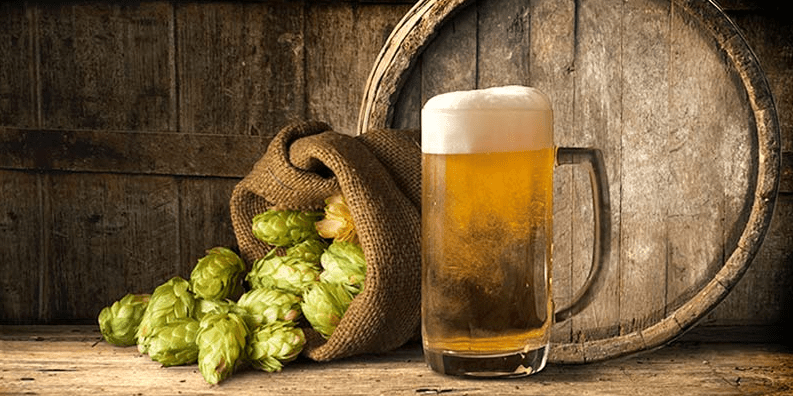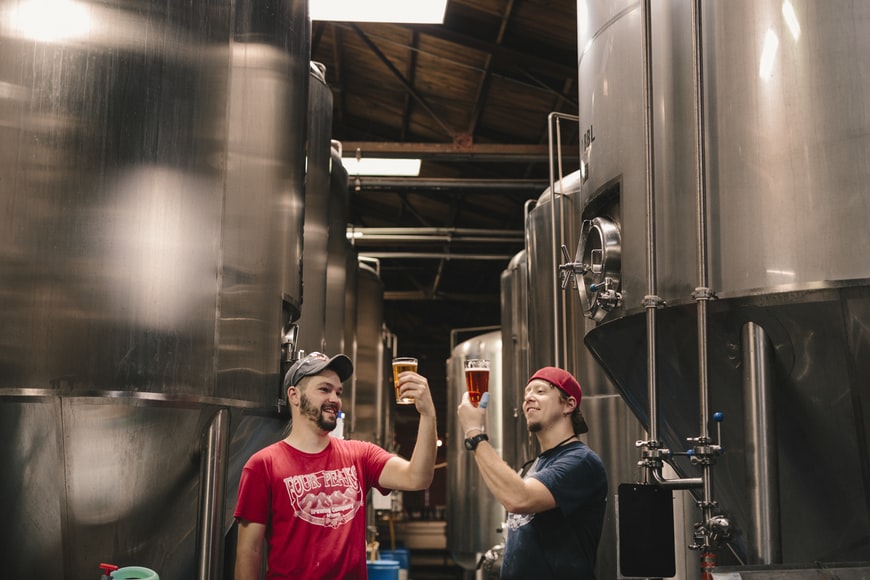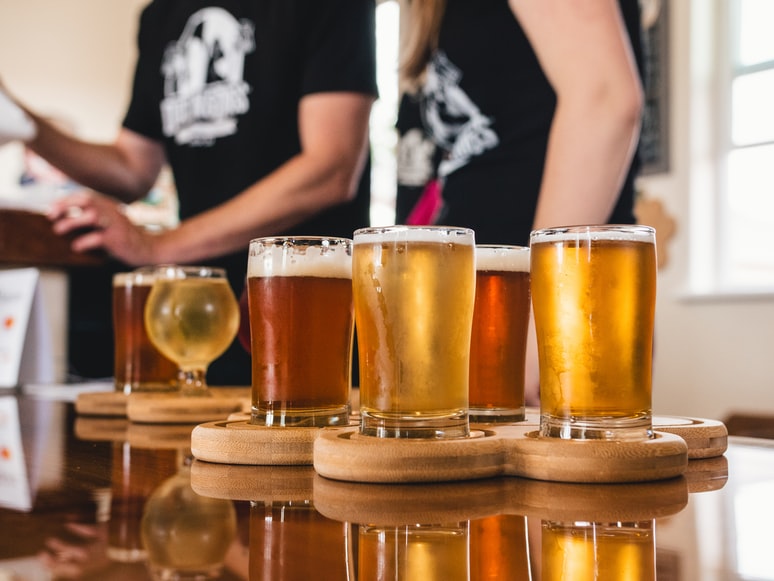Unlike culinary recipes, which are anticipated to take only a few hours, beer recipes take around four weeks from start to finish. While the wait may be extended, brewing your beer from malt extract is not tricky. A few unique ingredients and equipment are required, which may be bought online or obtained from a local homebrew shop.
Making beer at home is easy as 1,2,3. It only takes a few inexpensive pieces of equipment and a few unique materials, and it’s a beautiful way to pick up a new talent while dazzling your friends!
Beer Brewing Details
| Category: Food/Drink | Time: 1-2 hrs | Skill: Lots |
| Initial Cost: $$$$ (500+) | Space: lots | People: alone |
| Long-Term Cost: Medium | Makes Money: Can, but not always | Location: indoor, outdoor |
Who are the people who brew beer?
A counter-revolution is underway after two centuries of centralization and the closure of local brewers. Beer drinkers have taken their beverage back into their own hands, fed up with the lack of diversity and the dominance of significant brewing corporations over their favorite drinks. Every day, new beers and breweries pop up all over the world. When consolidation endangered the availability of beer types in Belgium, known for its essential beer culture, the fastest growing section of the beer market is currently beers made by monks and abbey-style beers.
However, from the fourteenth century onwards, commercial brewers began to erode monastery beer output. Beer demand grew in tandem with rising incomes, the expansion of commerce and towns, and heightened awareness of water contamination.
People from different places start to brew their beer with whatever ingredient is available for their consumption or start their own brewery business.
Some of these breweries have surpassed the micro-level due to their success, yet they are still classified as microbreweries due to the kind of beer they produce. Some brewers are now known as specialty brewers. This example exemplifies how the worldwide beer markets have circled back to the expansion of microbrewery via consolidation, global mergers, and acquisitions.
Brewer’s chemistry
Brewers have an infectious enthusiasm for their work. When you watch a Brewer, eager energy sweeps you up and propels you higher. Beer evolves into something more than just beer. It is a living link to past civilizations as well as a bonding element that keeps cultures together. The chemistry that they are so familiar with retains its enthralling mystery: natural reactions occurring from the ingredients themselves as if the outcome of their effort had been predetermined from the beginning of time.
The enthusiasm of a brewer is bolstered by knowledge and intellect. Anyone who brews beer may talk about the methods and techniques used to manufacture it. Brewers have a good understanding of history. The expertise of a brewer is broad and profound. A keen and eloquent intellect shapes and gives voice to it. They’ve had the necessary training. They’ve had a beer in the areas where it’s produced. They may look at style, profiles, and what makes a beer excellent from a broad perspective. If you’re looking for technical know-how, a Brewer can give you more than you asked for in a way that’s pretty straightforward to comprehend.
What is the cost of brewing beer?
You’ll need a kit if you’re planning to homebrew. A five-gallon style or recipe kit containing yeast, priming sugar, and malt is included in most packages. Aside from the styling kit and bottle caps, nothing else.
All of the items in your homebrewing kit can be reused. Several homebrewing kit brands are available online, with prices ranging from $100 to $400. This may appear to be costly, but it is luckily a one-time expense.
How to kick off beer brewing as a hobby
To begin, properly clean and disinfect all of your equipment. This is a critical stage. There are no quick cuts to be taken here.
Everything that will come into touch with your beer throughout the brewing process should be thoroughly cleaned with an unscented mild detergent before being sterilized with an authorized sanitation solution.
The brewing process is divided into three stages: wort preparation, fermentation, and packaging. Making a proper solution for brewer’s yeast to transform into excellent beer is the stage that demands a tremendous effort from the brewer. Hops’ taste and antioxidant capabilities are mixed with fermentable sugars from malt during the wort production process. Fermentation is the following phase, during which specific yeast developed to ferment wort transforms sugar to carbon dioxide (CO2) and ethyl alcohol (ethanol) to produce beer. The brewer does not need to do anything during fermentation because yeast is doing all of the work!
Packaging is the last stage in the brewing process. Homemade beer is usually served in bottles, but it can also be served on draft in big bottles known as growlers or kegs. Before the beer is put into individual bottles, a tiny amount of sugar is added.
Conclusion
The brew is the phase that necessitates your undivided attention for the most extended amount of time. This is owing to the significance of adhering to a precise schedule and keeping a careful eye on the brewing process as it progresses. This phase comprises several sub-processes, including wort preparation, fermentation, and boiling, all of which are crucial.
Remember that the first few times you make beer at home, you will get it incorrectly. Do not be discouraged or demoralized by this. You must recognize that this is all part of the learning process and that everyone makes errors. Take notes, learn from your mistakes, and apply what you’ve learned.


